Tota Oùng: At the Crossroads of Flavours and Khmer Identity in North America
- Chantha R

- Sep 30
- 5 min read
Dear readers, in this October interview on Khmer atypicals around the world, we're off to Canada, and more specifically to Montreal, to find out more about chef Tota Oùng. A true miraculous survivor of the Khmer Rouge camps and torn between his quest for identity and his culinary quest, he is now at the head of the first modern restaurant in North America to be entirely Khmer-inspired.
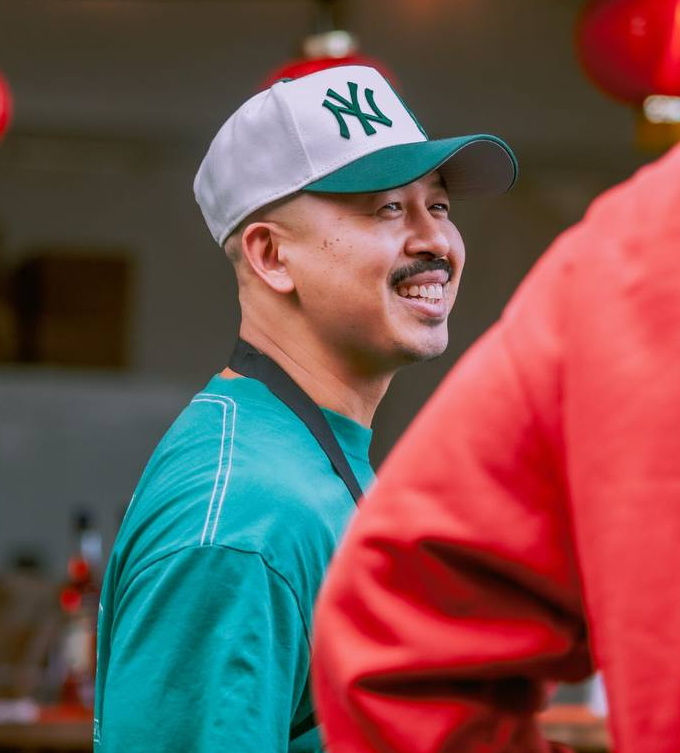
Born in a refugee camp in Thailand, you, your mother and a few members of your family arrived in Canada in 1982. Your childhood was spent near the Outremont district of Montreal. What memories do you have of it?
I grew up in a very multicultural neighbourhood, an environment that nurtured all my gastronomic curiosities. But as an only child, I spent most of my days drawing or watching television, as my mother was constantly busy at work.
Around the age of 8, you moved to the Saint-Michel district, where the atmosphere changed completely. What were the highlights of what you describe as a difficult period?
I had to build a shell around myself to fit in, while at the same time dealing with racism and harassment.
There's a question that's been on your mind a lot lately, and that's about asserting your identity. Can you explain?
"What does it mean to be Cambodian? We grow up often associated with the Chinese, but that doesn't represent us. At home, the family cuisine consisted of bok teuk kroeung with raw vegetables, samlor machu kroeung, kho sak chrouk... My Khmer pride reached its peak in my young adulthood, notably with Khmer rap music, or by displaying our flag. But knowing very little about my country of origin, it was always difficult to really identify with it.
An extraordinary book has helped you on your personal journey. What is it and can you tell us about it?
My uncle wrote a book about his survival in Cambodia, called No Mama No Pap. It helped me close several chapters in my life.
"I finally understood my mother's sadness and what she had gone through. It allowed me to develop empathy for her and for my family. I now understand why we were brought up the way we were. Why Cambodians are sometimes solitary rather than united. Why food is so important, and a bowl of rice means so much more than just a bowl of rice. We don't waste it, because it represents survival."
In our discussions you mentioned parties in church basements: what are these?
Church basement parties are festive events where Khmer families get together to dance. Khmer musicians perform, and other families sell food.
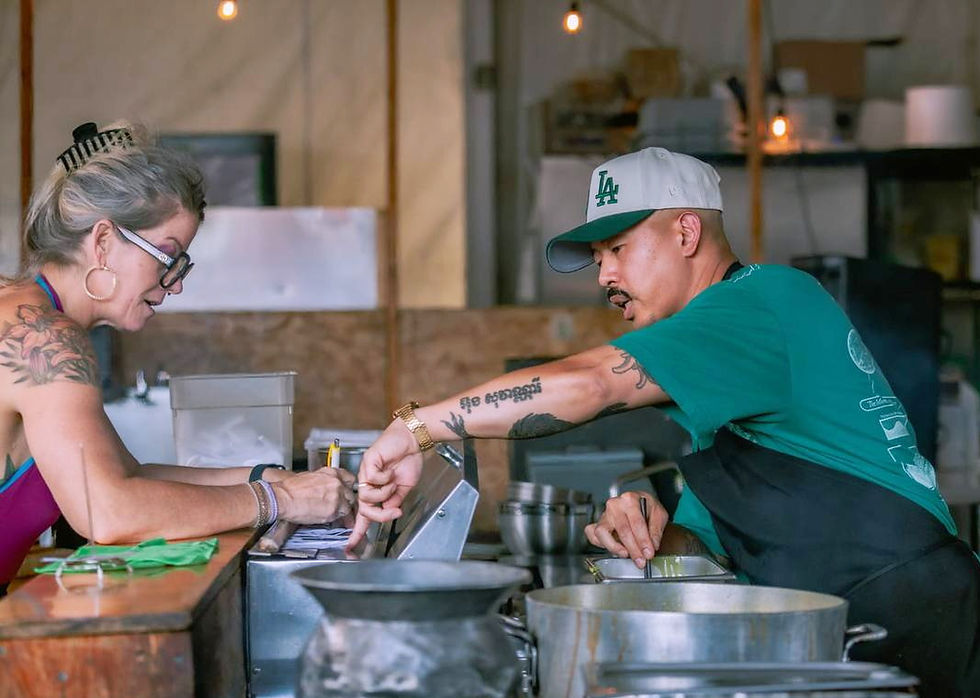
Food and drink has become a big part of your life. How and why?
I grew up watching my mother sew and cook. These two activities quickly became a big part of my life. I'd also watch Martin Yan's show, and he'd always say: "If I can do it, you can do it too. When I was 8, I told my mother that one day I would open my own restaurant.
In 2015, you returned to Cambodia for the first time. What were your feelings when you set foot on the soil of your ancestors?
My first visit to Cambodia was a real mix of emotions, which led me to re-question my identity, feeling caught between two cultures, the Canadian and the Cambodian.
You went to Siem Reap, but your North American look raised questions. Then you spent some time in Odam Tchey, where a mishap occurred. Can you tell us a bit about it?
In Odam Tchey, we were stopped by police and military officers, but the adventure had a happy ending: they became our guests for dinner.
Your mother hid the true identity of your biological father from you until you were 13. It was when she separated from her Canadian husband that you discovered he wasn't your father. You took advantage of your stay in Cambodia to do some research.
Who did you meet? I met my half-brother. My uncle, who lived in Phnom Penh, helped me to find him.
What happened when you met him?
When I met my half-brother, I asked him if he had a photo of my father, as no one around me had any. To my great surprise - and shock - he showed me one, but I was filled with doubt. My family soon confirmed that it was genuine.
Back in North America, you decide to continue your research. What will your aunt reveal to you?
Keen to find out more about my father, I obtained further information. Wanted by the Khmer Rouge at the time, he had fled with a friend, thinking he'd come across gold and diamond mines, but halfway there he decided - against all odds - to return to the camp, perhaps for one last embrace. The moment he came out of our hut, holding me in his arms, the Khmer Rouge fired at him - more than 7 bullets, according to my mother. Miraculously, none of them hit me, but my father was killed instantly.
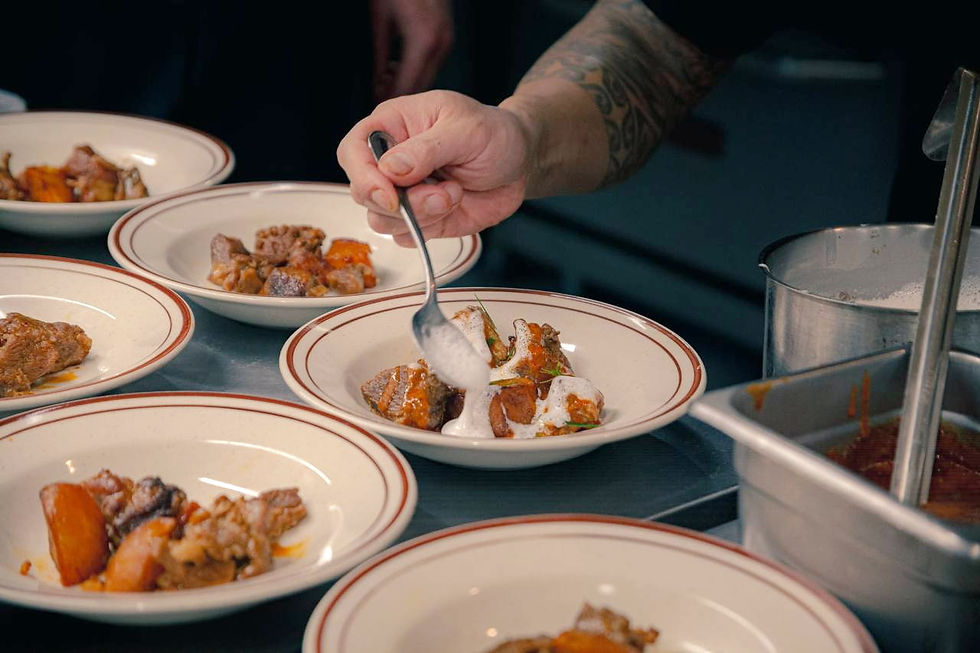
In the wake of all these shocking revelations, you move forward and decide to delve deeper into your quest for identity. For you, cooking has become a vessel of culture. What career path are you thinking of taking?
I began the process of opening my own restaurant in 2017.
Your professional partner encouraged you to take the plunge. You go away together for six weeks. What do you do?
We're off to Asia - Cambodia, Thailand, Japan - to discover new flavours and culinary inspirations.
What were your first culinary proposals?
In the early years of Street Monkeys, we offered Khmer cuisine... let's call it fusion. It was a way of showcas
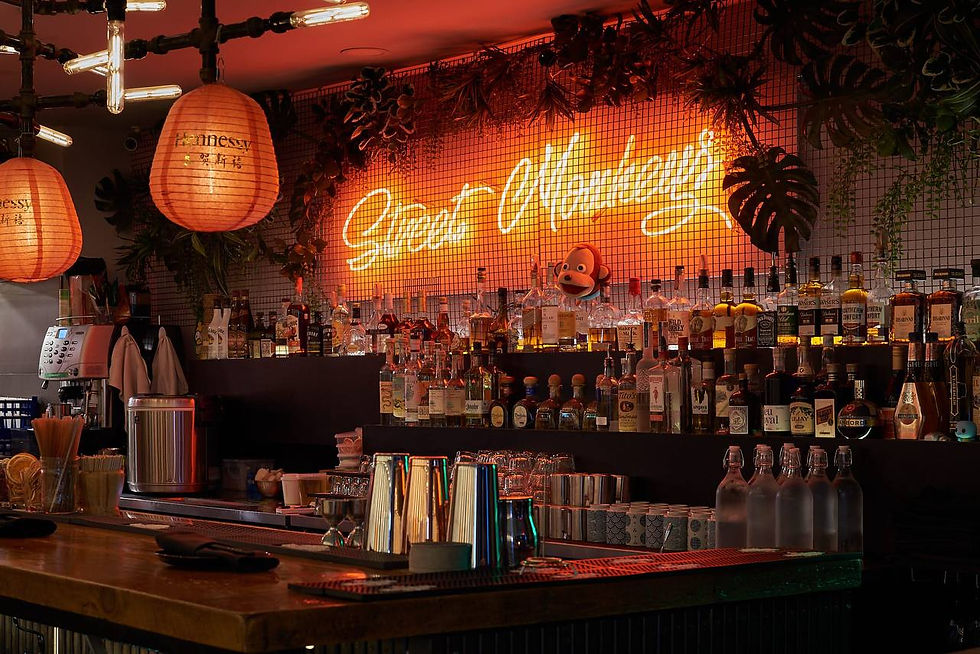
The Covid period will be an eye-opener for you. What will happen professionally and gastronomically?
This period brought me closer to my roots. My connection to typical Khmer dishes became stronger and I decided to offer them to the general public. It was a moment that made me very proud of my culture.
Today, your restaurant Street Monkeys offers a unique gastronomic concept in North America. Can you give us two examples of dishes?
I wouldn't describe our culinary offerings as avant-garde or contemporary, but rather as ‘Khmer market cuisine’:
A sauté of Quebec asparagus, with morels, chanterelles, homemade oyster sauce, Kampot pepper and fried garlic.
Lok Lak revisited: veal rice, homemade oyster sauce and cherry tomatoes, accompanied by a watercress salad with lime vinaigrette and Kampot pepper.
A salmon crudo, teuk trey with jalapeños, basil oil, mint, smoked Gaspé trout egg and fried shallot.
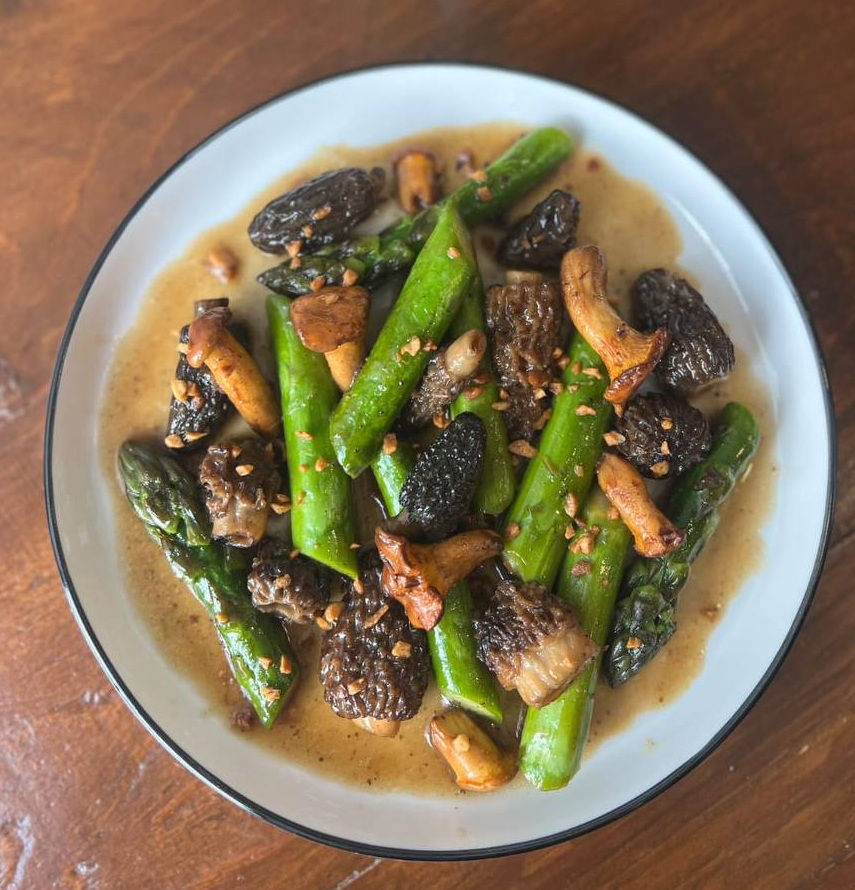
What are your career goals for the next two years?
To deepen my knowledge of Khmer cuisine by meeting other Khmer chefs, for example.
Organise pop-ups with them all over the world.
Open another Khmer restaurant, but more refined, more elaborate.
What advice would you give to those who want to follow in your footsteps?
"Listen to your heart. Wear your values with pride, because we need all the colours to make a rainbow. Do what you love with passion and never give up. Share what you know, contribute to your community - it will support your dreams. Help the people around you, take care of your loved ones... and everyone else. Don't be afraid to love.

Interview by Chantha R.







Comments